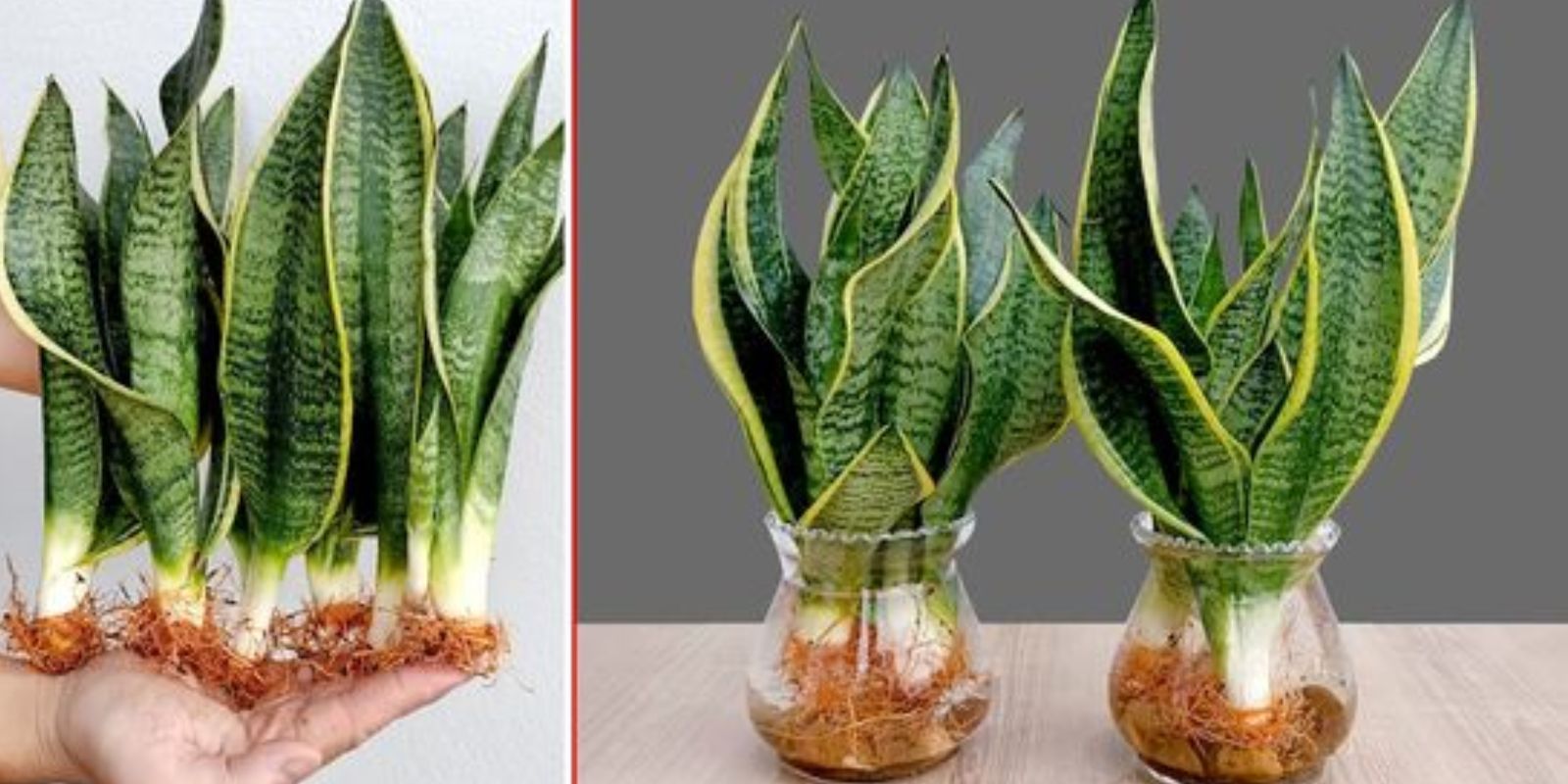Introduction
Mother-in-law’s tongue, scientifically known as Sansevieria, is a beloved indoor plant cherished for its resilience and low maintenance requirements. While it’s known for its striking foliage, coaxing it to bloom and emit its unique fragrance can seem like a daunting task for many plant enthusiasts. In this comprehensive guide, we will delve into the essential steps to encourage Mother-in-law’s tongue to flower, bringing a delightful scent that can enhance the ambiance of your entire home.
Understanding Mother-in-law’s Tongue
Sansevieria, often referred to as snake plant or viper’s bowstring hemp, is native to tropical West Africa. Its distinctive upright leaves and tolerance for low light and neglect make it a favorite choice for indoor environments. Flowering in Sansevieria is not as common as its robust growth, but with proper care and conditions, this plant can surprise you with elegant blooms that emit a sweet fragrance, especially in the evening.
Benefits of Encouraging Flowering
Encouraging your Mother-in-law’s tongue to bloom offers several benefits beyond aesthetic pleasure:
- Fragrance: The flowers release a pleasant fragrance, particularly noticeable during the evening and night.
- Beauty: The blooms add a new dimension of beauty to the plant, complementing its architectural leaves.
- Natural Air Purification: Like its foliage, the flowers contribute to purifying indoor air by absorbing toxins and releasing oxygen.
Steps to Stimulate Flowering
Achieving blooms in your Sansevieria requires attention to specific care practices tailored to encourage flowering. Follow these steps to maximize your chances of seeing and enjoying flowers:
1. Provide the Right Light
Mother-in-law’s tongue prefers bright, indirect light but can also tolerate low light conditions. Place your plant near a window where it can receive filtered sunlight for several hours a day. Avoid direct sunlight, as it can scorch the leaves.
2. Water Moderately
Sansevieria is drought-tolerant and prefers dry conditions between waterings. Allow the top inch or two of soil to dry out completely before watering thoroughly. During the winter months, reduce watering frequency to prevent root rot.
3. Maintain Stable Temperatures
Sansevieria thrives in stable temperatures between 60-85°F (15-29°C). Avoid exposing the plant to sudden temperature fluctuations and drafts, which can stress the plant and inhibit flowering.
4. Fertilize Occasionally
During the growing season in spring and summer, feed your Mother-in-law’s tongue with a balanced liquid fertilizer diluted to half-strength. Fertilize once a month to provide essential nutrients that support flower production. Reduce fertilization during the fall and winter months when growth slows.
5. Monitor for Pests and Diseases
Inspect your plant regularly for signs of pests such as spider mites or mealybugs. Treat infestations promptly with natural remedies like neem oil to prevent pests from inhibiting flowering and damaging foliage.
6. Encourage Rest Periods
Sansevieria may benefit from a rest period during the winter months, characterized by reduced watering and no fertilization. This mimics its natural dormancy period and can stimulate flower production when spring arrives.
Motivation
Unlock the full potential of your Mother-in-law’s tongue plant by following these steps to encourage flowering. The sweet fragrance of its blooms will reward your efforts, filling your home with a delightful scent that enhances your living space.
Share your experiences and questions about caring for Mother-in-law’s tongue in the comments below. Let’s cultivate thriving indoor gardens together and enjoy the beauty of nature indoors!

